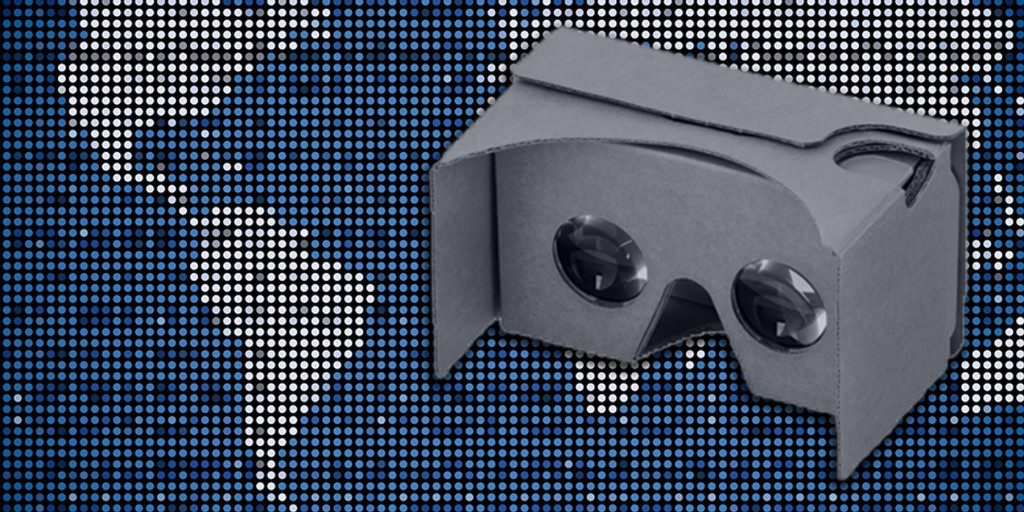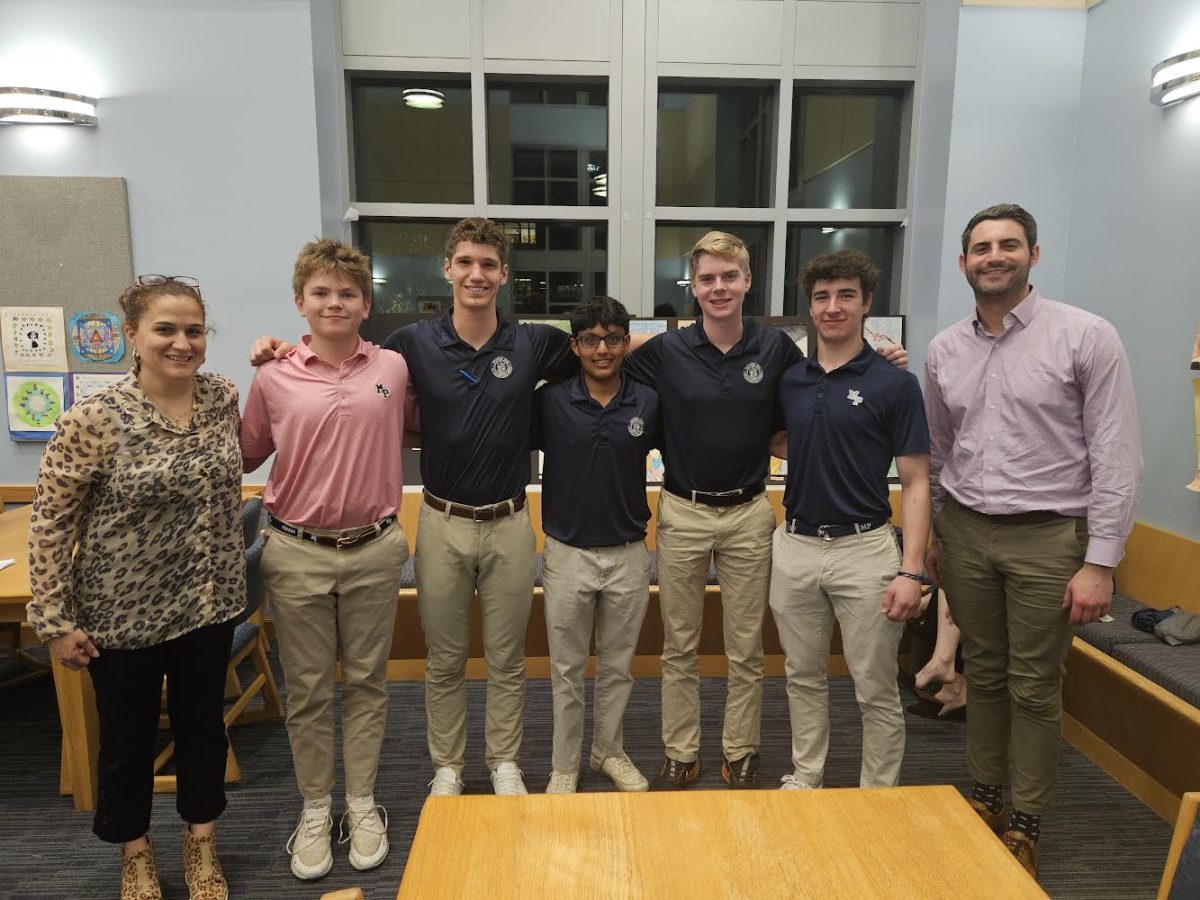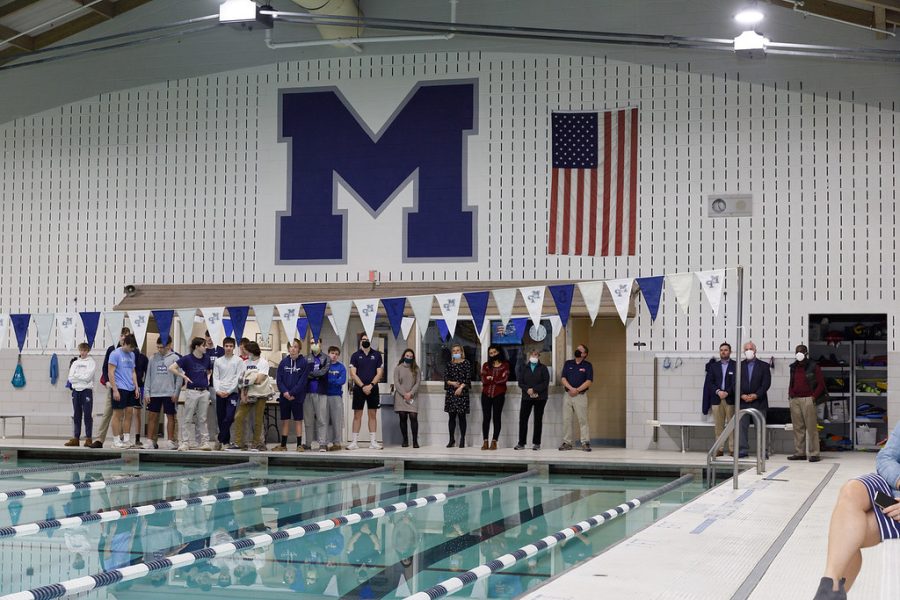New open-source virtual reality tools may have educational implications.
Google Cardboard is a new entry in the exploding field of virtual reality which uses a phone and a relatively simple cardboard headset to enter into a whole new virtual 3D world. It has spread far and wide since The New York Times distributed the devices with the November 5 edition.
Most virtual reality headsets are very expensive. Google Cardboard simplified this, as all it primarily consists of is two reading glass lenses and some folded cardboard. The plans and code are both online.
According to Head of the Middle School Mr. Patrick Sillup, the technology was a bit confusing at first to get accustomed to, but he now uses it whenever he is connected to a story that has a virtual reality option.
Sillup is finding various classroom applications for the new technology.
He said that he used the technology as a virtual visit to Tokyo, as an effective way for students to visualize Japan’s capital. “Google Cardboard is the next phase in the constant evolution of learning tools,” Sillup said.
Sillup found it engaging and provocative for students to use to experience the whole new journey of virtual reality. Would this technology work campus-wide? “We would have to investigate what success would look like across a campus,” he said.
Plans for virtual reality on campus could come in many different forms as there are many features left untapped as of right now. Sillup said he is intrigued by its photo and video capability.
This technology even has implications in a wide variety of different fields, according to junior Zach DeStefano.
“The military currently uses VR in training, and businesses have begun to adapt VR technology for convenience in meetings,” DeStefano said. “VR is used by psychiatrists to help their patients go through therapy with the ability in VR to simulate situations that may help to treat, for example, phobias.”
“VR uses technology to immerse the user in a simulated environment which allows for more natural and fluid interaction,” DeStefano said. He believes its possibilities are tremendous.
“VR allows a person to travel anywhere,” DeStefano said. “It is only reasonable that people will begin using this technology to travel to places around the globe without leaving their house.”
For example, perhaps someday the Malvern Exchange program could begin virtually. A foreign language class might spend a day “in” Spain complete with Spanish restaurants, for deeper immersion than a textbook.
According to DeStefano virtual reality technology has already started to bolster a technology in STEM fields.
However others urge caution for these new technologies.
Science Department Leader Mr. Kevin Quinn said that people always flock to see “what’s under the hood,” especially with the “next new thing.”
He advised the community to be cautious of hopping on the bandwagon too fast, since many kinks still have to be ironed out.
Quinn compared the situation to web 2.0 and iPads, where the first generation editions had bugs that needed to be fixed before widespread adoption could occur.
Sillup described the technology’s potential as, “next level stuff if done correctly.”
“The newness has definitely worn off, but I still like firing it up,” Sillup said.






